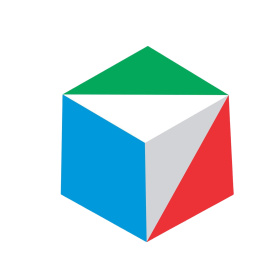Traditional Gnawa Musical Instruments
Bio
The Gnawa are a Moroccan ethnic group well known for their love of music, which they use to express themselves in a range of age-old rituals. It is generally agreed that the Gnawa, also known as Gnaoua, were brought as slaves to Morocco from East and West Africa, and their songs and chants may refer to this injustice against their ancestors.
They have a collection of music instruments which they use in their music. Such includes krakebs, large metal castanet-type instruments which are knocked together rhythmically, as well as double-headed drums known as a tbal. The instruments are used during singing, chanting and playing of a range of stringed instruments called sinters, also known as guembri, gimbri or hejhouj. The sinter is a three-stringed bass lute about the size of a guitar. It is made from a carved hollowed-out log, with the playing side covered in camel-skin. The neck of the sinter is a stick with one short and two long strings made of goat gut, producing a sound similar to a double bass. The strings are plucked with a downward movement, while a percussive tone is made by slapping the camel skin. The sintar's lowest string makes a droning sound which remains constant, while the second and third strings are tuned higher. A buzzing sound is created by hanging metal rings from the instrument's neck which vibrate with the sintir's rhythm. The percussive playing style is similar to those found in West African countries, from which the Gnawa originate, and the sinter is similar to the xalam, or khalam, played in those countries.
The Gnawa are also known as traditional healers, where they use their music and chanting as part of the healing process. The hypnotic beat of their music, along with the rhythmic, repetitive chanting have a somewhat hypnotic, calming effect.













